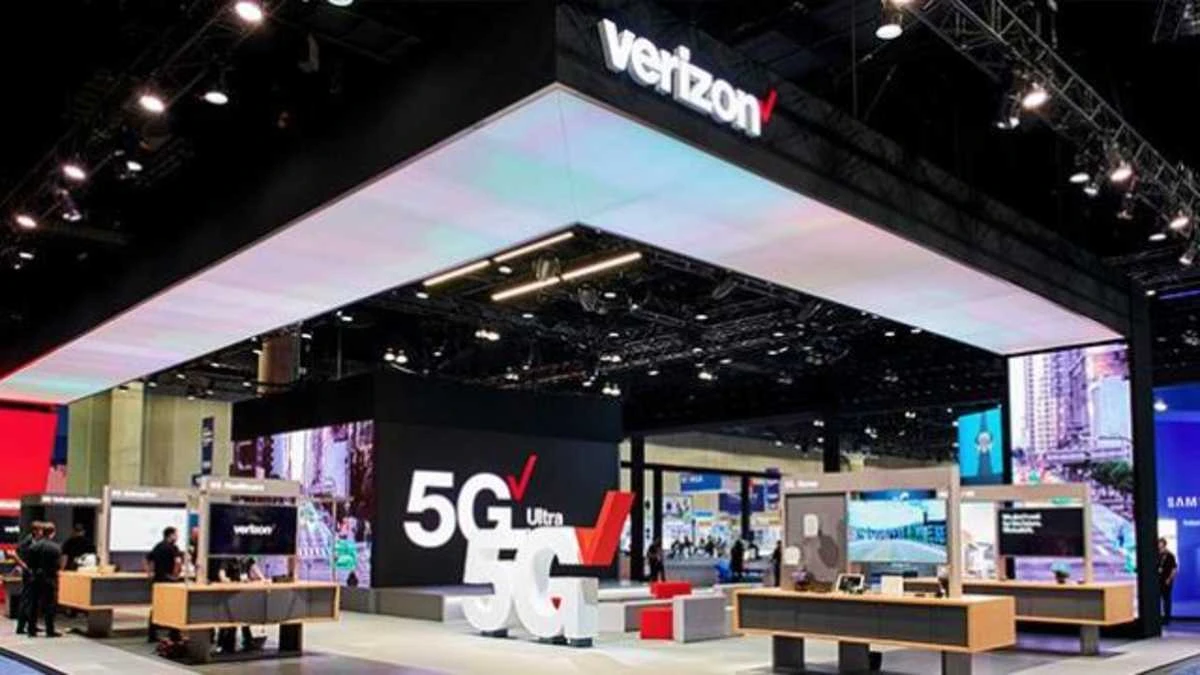Samsung has announced its latest 5G advancement with the recent rollout of the company’s vRAN 2.0 solutions, the first fully virtualized commercial 5G RAN delivered end-to-end from a single vendor. This will help create more programmable networks that dynamically and efficiently provide the appropriate network resources to customers who use a variety of advanced wireless services and applications.
Verizon is the first mobile technology company to deploy Samsung’s fully virtualized 5G solutions. 24 million customers throughout Central Texas, Tulsa, OK, Upstate New York, and the New England area now have access to Verizon’s 5G Nationwide service for no added cost, bringing the total customers with access to the most advanced nationwide service to more than 230 million in over 2,700 cities.
Through this collaboration, Samsung and Verizon enable more consumers to experience 5G’s ultra-fast wireless speeds and help more enterprise customers take advantage of the technologies required for digital transformation. In addition to using vRAN to expand 5G’s possibilities, Verizon and Samsung incorporated Dynamic Spectrum Sharing (DSS) technology, which Verizon is using in its 5G Nationwide network. DSS enables 4G LTE and 5G services to work simultaneously in the same spectrum band, delivering greater spectrum efficiencies and a smooth customer migration path to 5G.
Samsung vRAN 2.0 provides a software-based architecture that enables simpler, more flexible and more scalable network deployments. Based on Samsung’s fully virtualized 5G RAN technology (launched in July 2020), its vRAN 2.0 solutions will power the next generation of 5G networking capabilities, including the ability to speedily transition capacity to where it’s needed most. It will also support wireless carriers as they expand use of private 5G networks to bring secure 5G indoors.
“Verizon is committed to delivering the most advanced technology in the industry for our customers,” said Bill Stone, Vice President of Planning and Technology for Verizon.
“We continue to push the boundaries of innovation in 5G, and deploying virtualization into our network from the core to the far edge is yet another way we are making our network more scalable and programmable to deliver the many promises of 5G.”
5G’s Next Phase: vRAN 2.0
Samsung’s fully virtualized 5G RAN solution takes all of the radio network functions that can be software-enabled and breaks them down into a virtualized Central Unit (vCU) and Distributed Unit (vDU), as well as a range of radio units. 5G vRAN, with its cloud-native, container-based architecture, replaces dedicated baseband hardware with software elements that can be operated on Common Off-The-Shelf (COTS) servers, an advancement over static, hardware-bound networks.
With a vRAN approach, carriers are able to rapidly shift capacity to address customer needs. For business customers, vRAN can drive more efficient access to private 5G networks through easy deployment of baseband software in Mobile Edge Computing (MEC) facilities.
“We are committed to providing reliable, secure, and flexible network solutions that deliver the power of 5G around the world,” said Magnus Ojert, Vice President, Networks Division, Samsung Electronics America.
“We believe vRAN’s next phase of innovation will accelerate what’s possible for society, and look forward to collaborating with an industry-leader like Verizon to make 5G a reality for millions in 2021.”



